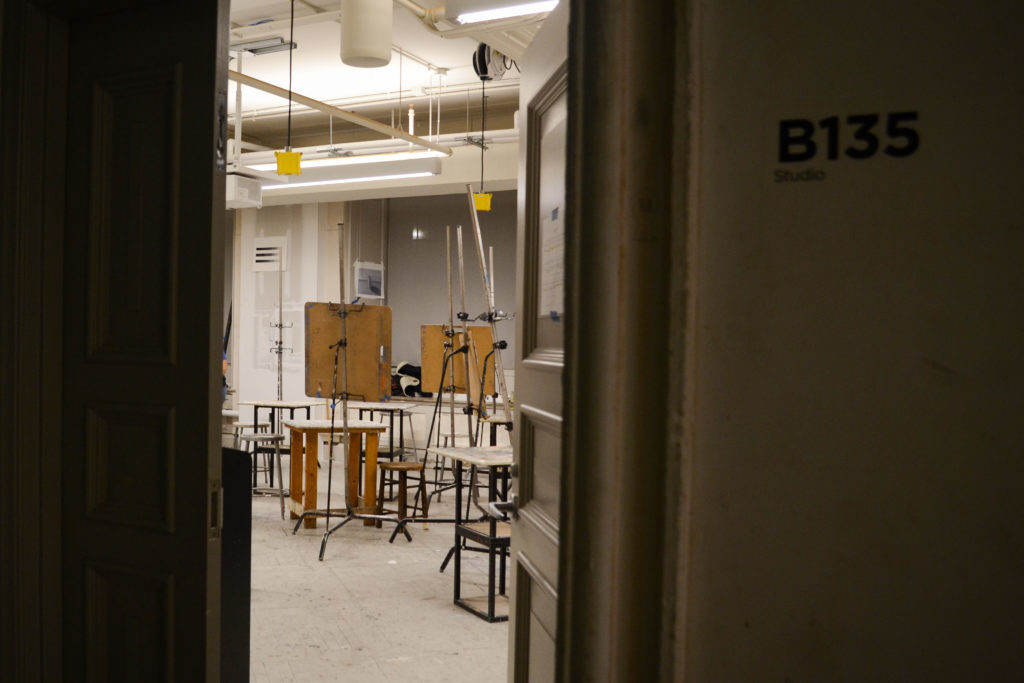Students will learn everything from designing high-tech pill bottles to building eye-catching websites in a new program launching next semester in the Corcoran School of Arts and Design.
Applications for the interaction design program – which focuses on making physical products, environmental services and digital interfaces “more accessible” to users – are now open, according to the Corcoran’s website. Sanjit Sethi, the school’s director, said the program will “help educate the next generation” of students in an emerging field that uses design to solve societal issues.
“Interaction design allows us to address critical issues that we see around us from the framework of design strategy and culturally focused problem-solving,” he said in an email. “More and more we see the greater role design plays in solving problems big and small.”
Sethi said the new program, can work with fields like engineering, computer science and anthropology to advance its offerings.
“This evolution of design, social media and startup culture provides phenomenal professional and curricular partnership opportunities,” he said.
Kevin Patton, an assistant professor and program director of interaction design who arrived at GW this fall, said he will be one of two professors running the “day-to-day operations” of the program, in addition to teaching. The Corcoran is still looking to hire the second interaction design professor, he said.
“Interaction design is emerging in other schools of art,” he said. “We are situating programs at the intersection of design, technology and social impact.”
Patton said the broad concept of interaction design can include anything from designing mobile applications to tracking online user experiences. Last semester, he said his students worked on designing pill bottles that could be opened with biometric technology – like a fingerprint – for patients who might not have the strength to push down on open child-lock bottles.
“Students will develop their own portfolio, which is independent, but a lot of the work is collaborative,” he said.
While no specific plans have yet been made, he said he would want to partner with outside engineering and public policy organizations to keep the program focused on the real-world applications of interaction design.
“The program has a skill base around which much of the classes are organized,” he said. “We want to provide students with an experience that not only allows them to express their creativity and create social impact, but also create a core set of skills they can organize the rest of their careers around.”
Included in this “skill base” will be classes looking at prototype making, laser cutting, 3-D printing, coding and interactive digital visualizations, he said.
Within GW, Patton said the “multi-disciplinary” program could appeal to students outside the Corcoran, including students in the engineering school interested in design or students studying politics interested in demographic tracking.
“I can see students going to think tanks. I can see students in policy or social advisory roles or starting their own startup design firms,” he said. “There is a great need for people who can think this way.”
Amber Mirza contributed reporting.



